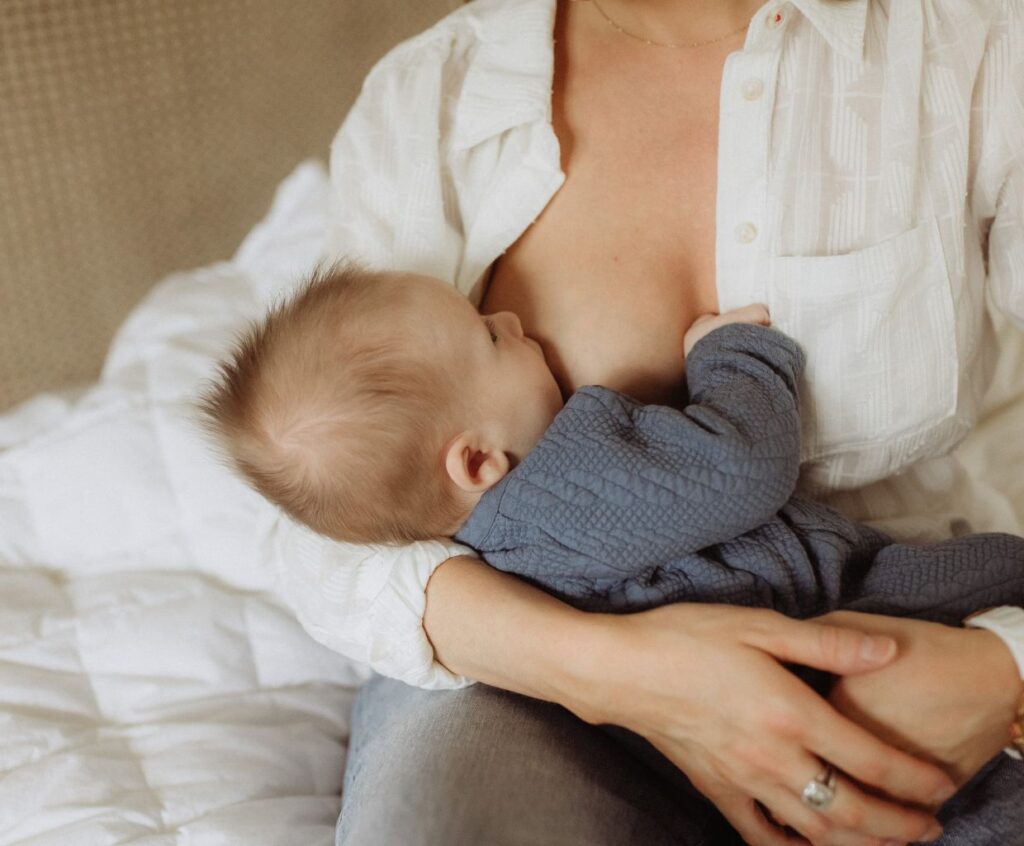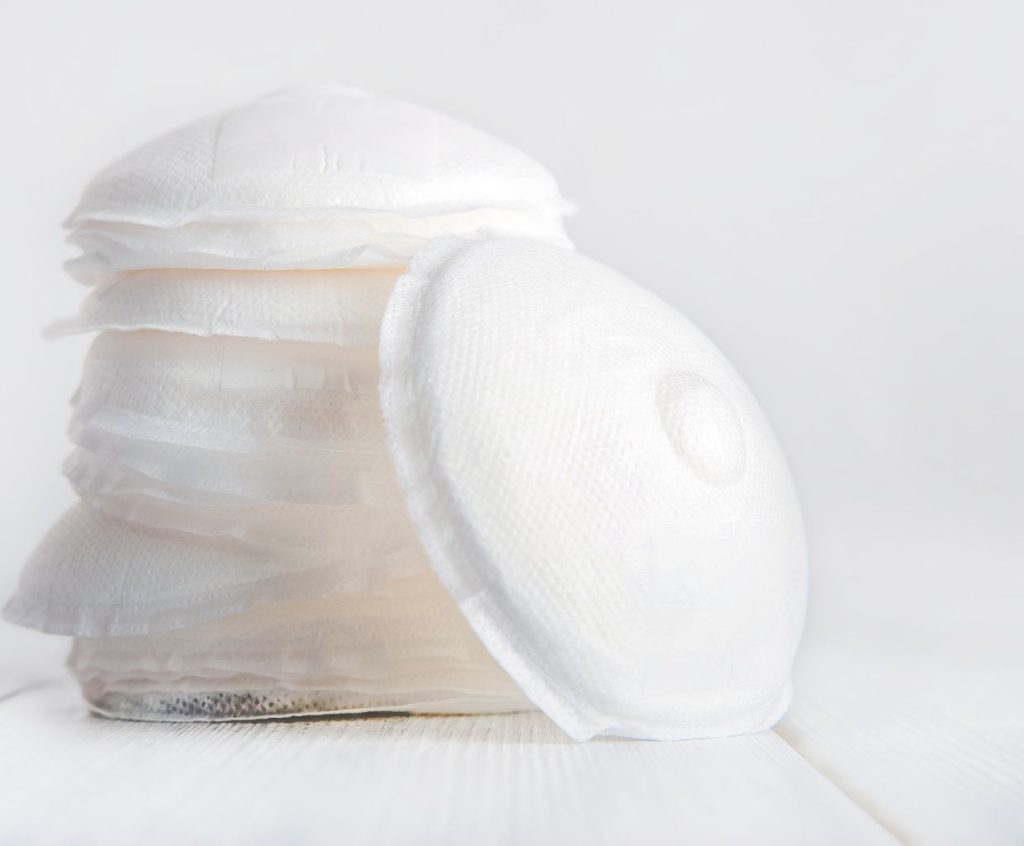How Often Should You Change Nursing Pads?
Regarding breastfeeding, nursing pads are a lifesaver for many new moms. They help absorb any leaking breast milk and prevent embarrassing situations.
However, it’s important to remember that nursing pads must be changed regularly to maintain proper hygiene and prevent infections.
Why Regular Change is Important
As a breastfeeding mom, your breasts produce milk constantly. This means that nursing pads can become wet and soiled quickly. If you don’t change them frequently enough, the moisture against your skin can create the perfect breeding ground for bacteria and yeast. This can lead to uncomfortable infections such as thrush or mastitis.
Every mom’s breastfeeding journey is unique, and the frequency of nursing pad changes may vary. However, as a general guideline, it is recommended to change nursing pads:
-
- After every breastfeeding session
-
- Whenever you notice the pad is wet or soiled
-
- If you experience any discomfort or irritation
Changing your nursing pads frequently ensures your breasts stay dry and clean, reducing the risk of infections. It’s always better to be safe than sorry, so don’t hesitate to change them more often if needed.
Additional Tips for Maintaining Hygiene
Aside from changing nursing pads regularly, there are a few other tips that can help you maintain proper hygiene while breastfeeding:
-
- Wash your hands before each breastfeeding session
-
- Clean your breasts with mild soap and water daily
-
- Allow your breasts to air dry after breastfeeding
-
- Wear a comfortable and supportive nursing bra
-
- Avoid using scented products on your breasts
Remember, breastfeeding is a beautiful and natural process, but it’s essential to prioritize your health and comfort. By following these tips and changing your nursing pads regularly, you can ensure a positive breastfeeding experience for you and your baby.
Disclaimer: This article is for informational purposes only and is not a substitute for professional medical advice. Always consult with a healthcare professional regarding any concerns or questions.
Are there any specific signs or symptoms that indicate a need for immediate nursing pad replacement
Several signs or symptoms may indicate a need for immediate nursing pad replacement:
1. Leakage: If you experience breast milk leakage through the nursing pad, it clearly indicates that it needs to be replaced. Leakage can occur due to a pad that is not absorbent enough or has reached its maximum capacity.
2. Wetness or dampness: If the nursing pad feels wet against your skin, it is a sign that it is no longer effectively absorbing breast milk. Wetness can lead to discomfort and potential skin irritation.
3. Odor: If the nursing pad emits an unpleasant odor, it may indicate that it has been used too long and needs to be changed. Odor can signify bacterial growth or milk residue that hasn’t been adequately absorbed.
4. Discomfort or irritation: If you experience any discomfort, itching, or irritation on your breasts, it may be due to an old or worn-out nursing pad. Prolonged use of a pad that is no longer soft or gentle on the skin can lead to discomfort and potential skin problems.
5. Visible soiling or staining: If the nursing pad is visibly soiled or stained, it is a clear sign that it needs to be replaced. Stains can result from dried milk, leakage, or other substances, indicating that the pad is no longer clean or hygienic.
It is essential to regularly check your nursing pads for these signs and replace them as needed to ensure optimal comfort, hygiene, and effectiveness in absorbing breast milk.
Are there any factors that may require more frequent nursing pad changes?
Some factors that may require more frequent nursing pad changes include:
1. Heavy milk production: Women with abundant milk supply may leak more frequently and require more frequent pad changes.
2. Engorgement: When the breasts are engorged with milk, leakage is more likely to occur, leading to the need for more frequent pad changes.
3. Let-down reflex: Some women experience a forceful let-down reflex, which can result in excessive leaking and necessitate more frequent pad changes.
4. Newborn feeding patterns: In the early weeks after birth, newborns often have frequent and irregular feeding patterns. This can lead to more leakage and require more frequent pad changes.
5. Breast infection or mastitis: Women with breast infections or mastitis may experience increased leakage, pain, and swelling, necessitating more frequent pad changes.
6. Exercise or physical activity: Engaging in physical exertion or high-impact movements can increase leakage and require more frequent pad changes.
7. Warm weather: Heat and humidity can increase sweating and discomfort, which may result in more frequent pad changes.
8. Ill-fitting bras or clothing: Wearing bras or clothing that does not providing adequate support or compression can cause additional leakage and require frequent pad changes.
It is important to note that individual experiences may vary, and some women may require more frequent pad changes for reasons not listed above.
What is the recommended frequency for changing nursing pads?
The recommended frequency for changing nursing pads can vary depending on factors such as the amount of breast milk leakage, personal comfort, and hygiene preferences. However, changing nursing pads when wet is generally recommended to prevent moisture buildup and maintain breast health.
Some women may need to change nursing pads every 2-3 hours, while others may only need to change them once or twice daily. It is essential to listen to your body and change nursing pads to keep your breasts dry and comfortable.
How do I know when it’s time to change my nursing pads?
It is essential to change nursing pads regularly to maintain hygiene and prevent discomfort or infections. Here are a few signs that indicate it is time to change your nursing pads:
1. Wetness: If the nursing pad feels damp, it indicates that it needs to be changed. Wetness can lead to bacterial growth and skin irritation.
2. Leakage: If your nursing pad cannot absorb the breast milk adequately and you experience leakage onto your clothing or skin, it is time to change to a fresh pad.
3. Discomfort: If you feel discomfort or itching around the nipple area while wearing nursing pads, it is a sign that they need to be changed. Prolonged use of wet or soiled pads can cause discomfort and increase the risk of infections.
4. Odor: If you notice an unpleasant smell coming from your nursing pads, they are dirty and must be replaced. Bacteria can multiply in damp pads, leading to an odor.
5. Time interval: Changing nursing pads every 2-3 hours or whenever they become wet is a good practice. This may vary depending on your milk flow and personal preference.
Keep extra nursing pads handy to ensure you can change them whenever needed.


